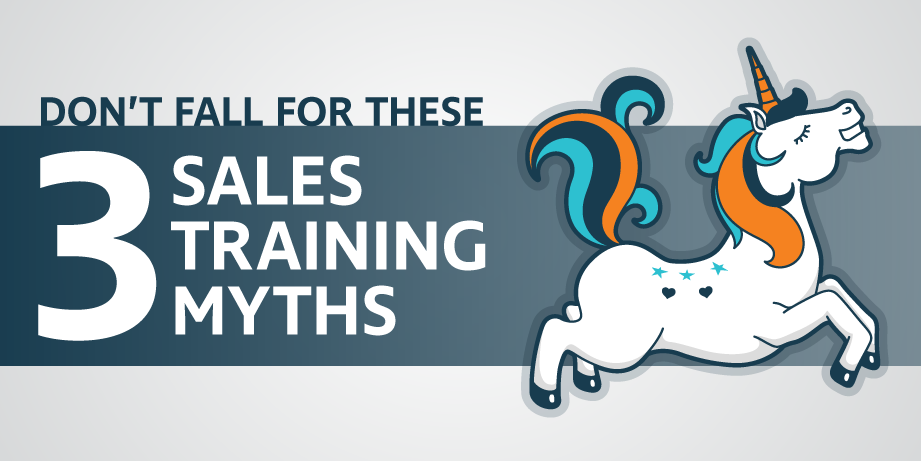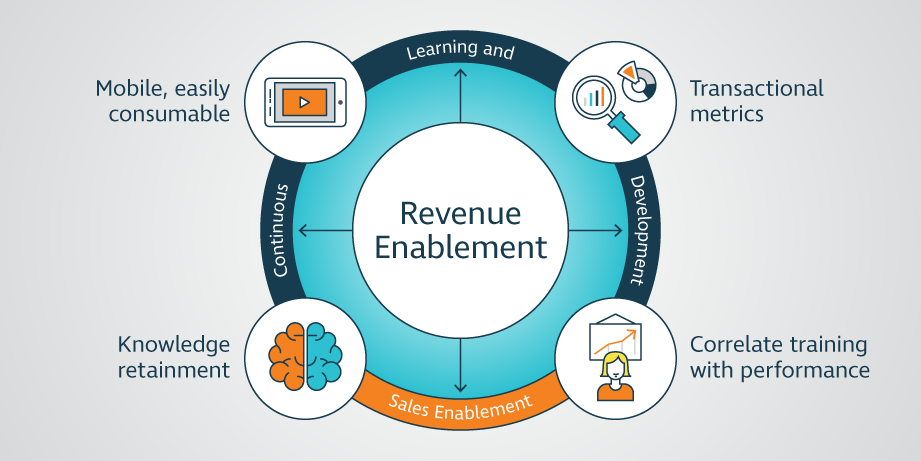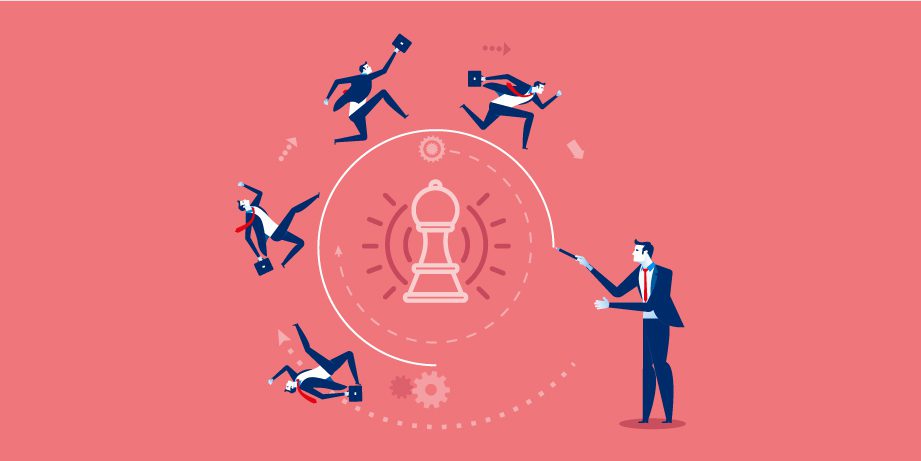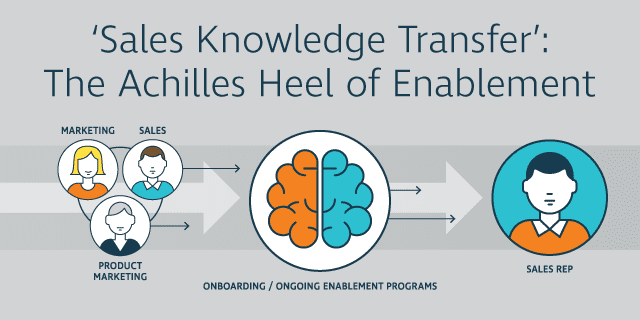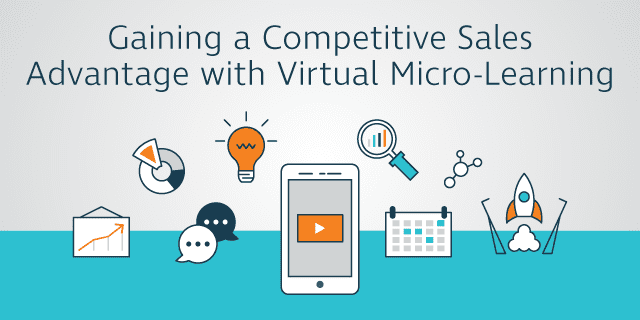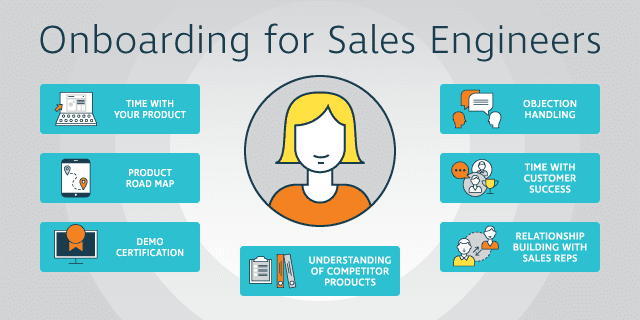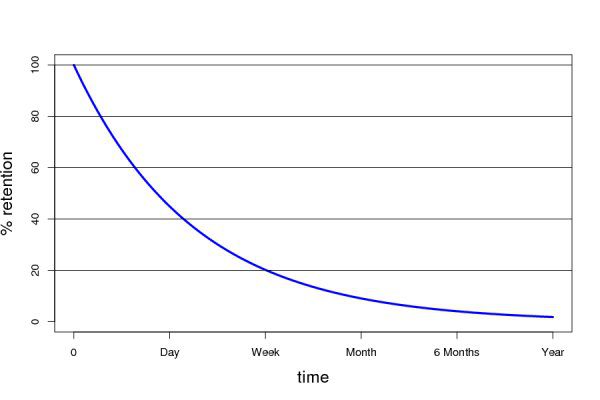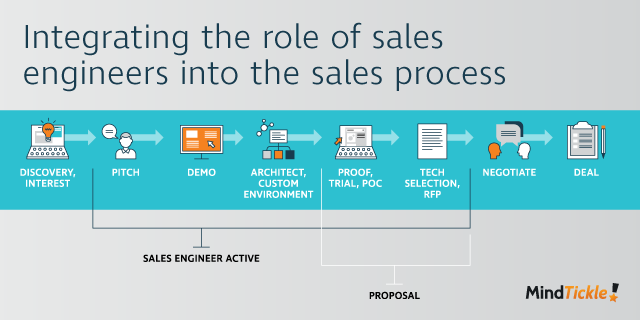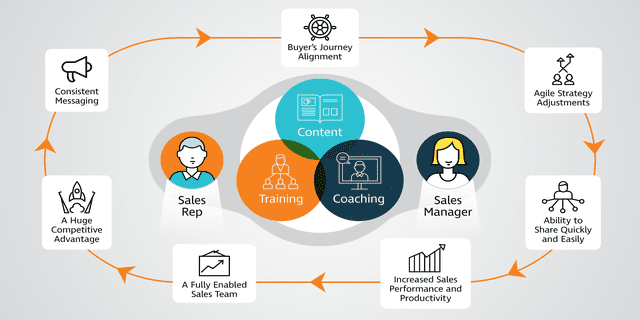In today’s ever-changing marketplace, it’s becoming more and more difficult to get an edge over competitors. Developing a strong value proposition is one way to clearly explain to prospects why they should buy your solution over others. In fact, a great value proposition could be the difference between losing a sale or closing it. According to HubSpot, only 69% of B2B firms have established value propositions, yet 54 percent of companies do nothing to optimize theirs. A strong value proposition alone is not enough to get ahead of your business rivals. It takes a well-prepared salesforce who can effectively leverage your value proposition to make the difference. The best way to prepare them to do so is with the ongoing, bite-sized training that’s accessible from anywhere. Here, we’ll show you how you’ll gain a competitive sales advantage with virtual micro-learning.
Attract and retain good talent
According to research by Gallup,
59% of millennials say opportunities to learn and grow are extremely important to them when
applying for a job
. In comparison, 44% of Gen Xers and 41% of baby boomers say the same about these types of opportunities. Plus, the Harvard Business Review found that dissatisfaction with development efforts such as training and coaching cause many to leave their job for another with better development opportunities.
Sales rep engagement increases when micro-learning is used instead of other training methods because it’s in a format that’s easily incorporated into their routine while meeting their desire to learn. It also increases job satisfaction, since the sales staff feels more prepared and enjoys their work more. Plus, micro-learning is fun!
Faster onboarding
Effective salespeople are masters of a complex skill set. It takes technical expertise and fine-tuned people skills to translate product specs into persuasive value. Micro-learning
shortens ramp time. This means less time to full productivity and more reps selling at their full potential at all times. This reduces the financial drain on the organization and creates a stronger selling team compared to those of competitors.
Always up-to-date
In today’s marketplace, there’s always something new to learn and changes to know. They include updates relating to product, marketplace, prospect challenges, industry information, competitors, and the best sales techniques. With micro-learning, your reps are continually learning and always up to date on the latest need-to-know information.
It helps them easily
keep their knowledge and skills fresh. Consistently improving through reinforcement with practice and application, they’re always ready for any prospect or scenario.
The right information at the right time
Since virtual micro-learning is available from anywhere on any device, sales reps can review the information they need, when they need it. For example, they can refresh on value propositions for specific prospects just prior to presenting to or meeting with, them. This easy-to-access information makes it possible for reps to respond promptly to prospect and customer questions too, resulting in increased sales and customer satisfaction.
This content, consumed at the moment the rep most needs it, is reinforced with an immediate application that results in greater retention. The individualized learning experience that micro-learning provides keeps reps interested and wanting to learn more to fill their individual learning gaps.
Increased productivity
Unlike other learning methods,
micro-learning doesn’t interrupt your reps’ daily work, it fits right in. They remain on-the-job instead of sitting in a training room where they aren’t productive. Also, your team members learn faster and retain more with micro-learning, so they’re better prepared to close more business in less time.
Agile
Matching the pace of today’s business, virtual micro-learning is agiler than other forms of training and communication. Due to their brevity, micro-learning courses can be produced quickly and updated on the go. Plus, notifications about changes to your company, competition, product, and more are easily created and distributed with just a few clicks.
This allows your organization to adapt to change quickly and easily in the marketplace.
As you can see, micro-learning enables your sales force to be better prepared to meet with various prospects, differentiate your solution, and win more deals. With the top talent that’s always up-to-date and continually improving, you’ll already have an edge over your rivals. The resulting productivity combined with your ability to rapidly change with the marketplace, your industry opponents will be no match. It’s time for you to give this method of learning a try and experience the competitive sales advantage with virtual micro-learning in your company.

